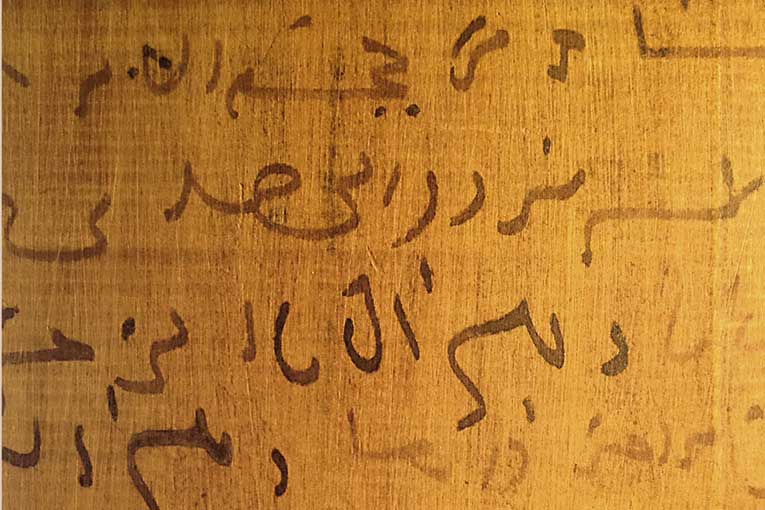
|
In the long-lived human culture there have been a handful of especially transcendent ideas. They are ideas that divide history into two parts. Most of these few big ideas have emerged independently more than once. For example, it is hard to believe that everyone who used fire in the last 400,000 years came from a single hypothetical Homo erectus genius. There must have been many individuals in different parts of the world, at different times, who first got interested by a forest fire and then began to investigate. In other cases the idea has a first and last name. It took time to get to Charles Darwin, despite all the predecessors who also spoke about evolution and Wallace, who received only a pinch of glory. The first edition of the book sold out in one day and then nothing was ever the same. I would say that every scientist secretly and healthily envies Darwin. An idea that fits in one sentence turned around the entire human cosmogony. Would the history of the human condition have changed if Darwin, Newton or the genius who invented the alphabet had not been born? Surely, other equally huge and transcendent geniuses would climb a step on the roster. But how does one of this shocking ideas emerge and grow? A splendid job by the Egyptologist Josep Cervelló Autuori has just been published. Its pages provide answers to old and (especially) new questions: Escrituras, lengua y cultura en el antiguo Egipto (Writing, language and culture in ancient Egypt, Ediciones UAB). It always intrigued me that every current alphabet has the same origin (which is clearly not the case with the general concept of writing). What is the how, where, who, when, why and wherefore of such colossal genius? The Tables of the Law revealed by God to Moses at Mount Sinai might have been written with colorful hieroglyphics, but the book religions would have no book, and philosophy, literature and science would be at the mercy of a fragile oral tradition or an ambiguous writing. The final conception of alphabet comes from the Semitic miners working in the turquoise fields of Serabit el-Khadim in Sinai, during the Twelfth Dynasty (1990 to 1790 BC). It is the so-called Proto-Sinaitic alphabet, probably invented during the reign of Amememhat III. First surprise: the alphabet was not invented to write more complex and sophisticated ideas. Quite the opposite. The alphabet was a simplifying resource for writing the names of people on votive stelae, or the names of the deities adored by people from an illiterate culture! (if I may use the term). The genius idea is to assign a symbol to each of the twenty sounds that are usually present in any language, for example, regarding the sound at the beginning of the pronunciation of a concept. That is, L as in London! They just had to take around twenty of the thousands of existing hieroglyphs and stylise them in monochrome italics. Second surprise: the Egyptians had already invented an alphabet with this idea almost since the beginning of their culture, but it did not transcend because it was always used in combination with many other types of signs. It was more efficient, but why would they want to be efficient? In the Egyptian world there was only the Egyptian and each word could find a hieroglyph. Therefore, the austere mono-consonant alphabet never displaced the sophisticated hieroglyph. The Egyptians had the idea, but used it within a system of larger and more complex signs, the Semites had the idea and used it as their only form of writing, but did not realise its significance until the Phoenicians used it for something other than to record tombstones. But was there really an inventor? Israeli Egyptologist Orly Goldwasser thinks we could even know who it was. There was a chief miner coordinator who was somewhat more cultured than others. Surely he was also Semitic, because in one of the estalae he is riding a donkey (something an Egyptian would never do). Write it down: his name was Khebeded and he was probably the inventor of the modern alphabet. Quite an accomplishment. Jorge Wagensberg. Tenured lecturer of the Department of Fundamental Physics. University of Barcelona (Spain). |
||





